Have you ever stared at a massive spreadsheet of data and thought how much prettier it would look when visualised? Does your mind instantly wanders to diagrams, charts and graphs or do you prefer to bring data alive through animation and movement?
The art of making data beautiful and sexy is taking the world by storm. Data and data analysis have taken on a new quality and what used to be simple charts are now complex and creative pieces of data art. A good visualisation tells a narrative, removing the noise from data and highlighting the useful information - it’s a storytelling with a purpose.
HOW DOES IT ALL WORK?
We start on Thursday, 9th of May at 15:30 with registration. At 16:00 we kick off with the event, lead by Karin Sarv - our wonderful host from Mooncascade! Friday, 10th of May at 17:00 is the time to show your work and win some amazing prizes. Check the AGENDA tab on our website for more thorough plan for the 24 hours.
Statistics Estonia has prepared a selection of tasks and data which you can open here: https://gitlab.com/statistics-estonia/hackaton-2019-visualising-data/hackaton-info
All different approaches and visualisations are welcomed and even expected (front-end code, for example static javascript files, animated codes, videos). Let the most colourful idea win! You will have 90 seconds to present your idea to the crowd. Teams will be formed on the spot around the best and brightest solutions.
After the event Statistics Estonia would like to access the codes of the solutions, so they expect the
teams to publish the codes in a public repository, which is accessible for everyone. They are also providing a public GitLab account in case you don’t have an option to upload your work yourself. All the visualisations will be added to a public library for everyone to see by Statistics Estonia.
WHO’S INVITED TO JOIN?
Garage48 and Statistics Estonia are inviting:
- designers,
- front end developers,
- data scientists/enthusiasts,
- business masterminds/project managers (to coordinate the work of the teams),
- movie makers and artists to tell a story through a good visualisation. Come and help to transform the boring rows in Excel into a beautiful and eye-catching visualisations that will help the Statistics Estonia to carry out the future projects that will change Estonia and the way we look at data.
VENUE, FOOD AND DRINKS
Visualising Data Hackathon will be held in one the most vibrant blocks in Tallinn - Palo Alto Club in Telliskivi Creative City. We don’t want you to worry about food and drinks and snacks. We got you covered. You just focus on making data sexy!
Join us and let’s make data great again!
Join the event in Facebook!
Get your tickets HERE!
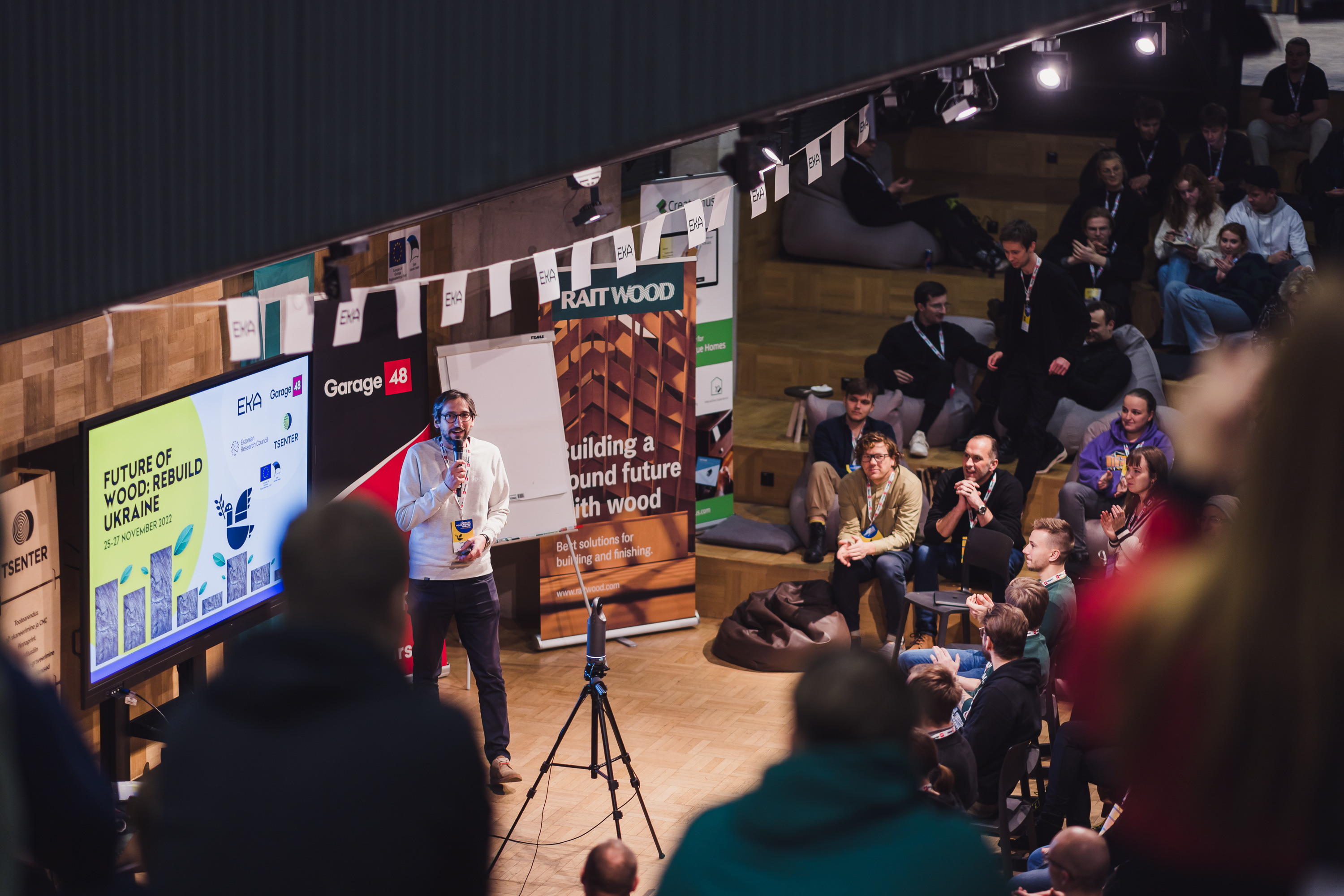

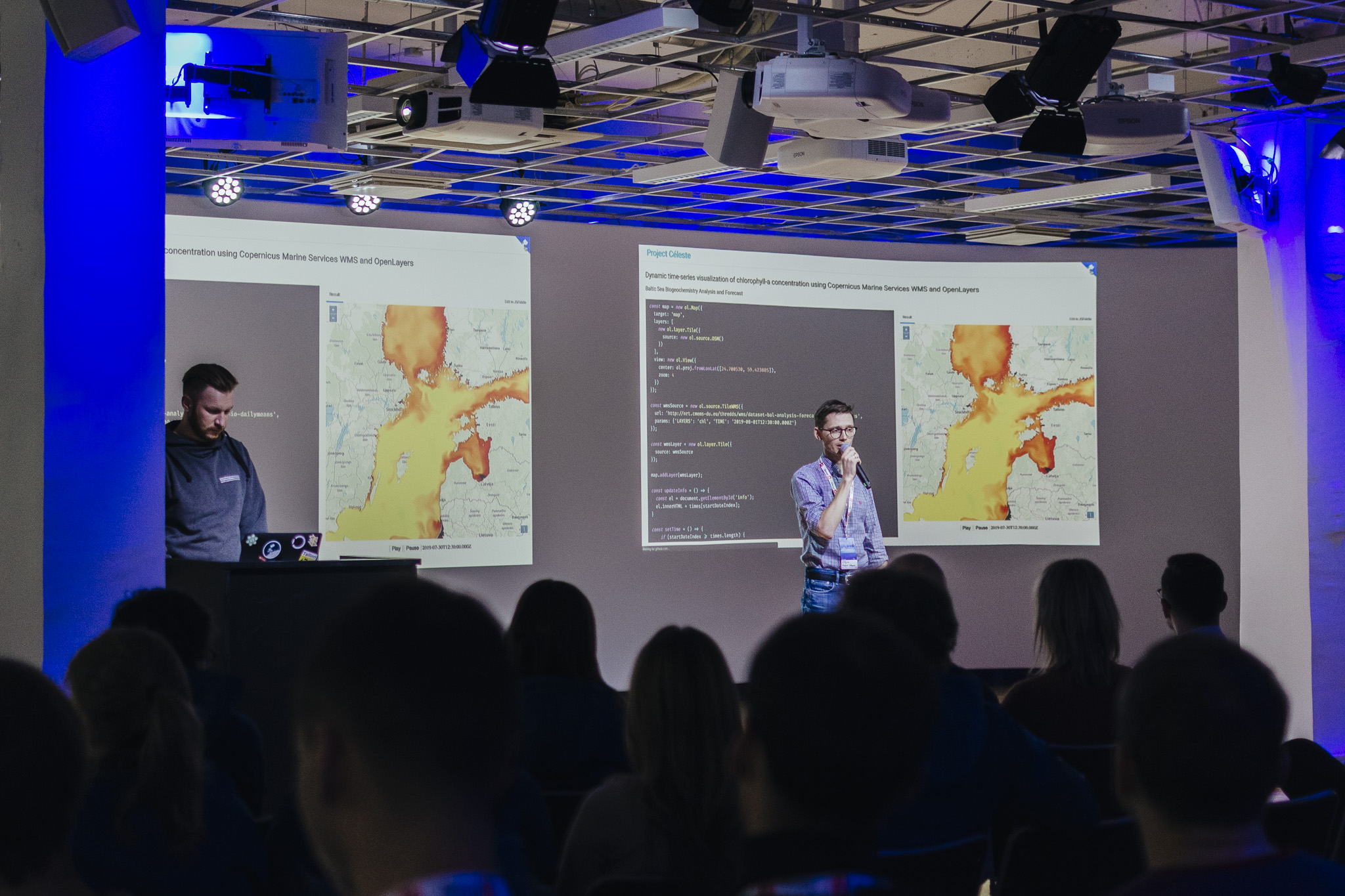
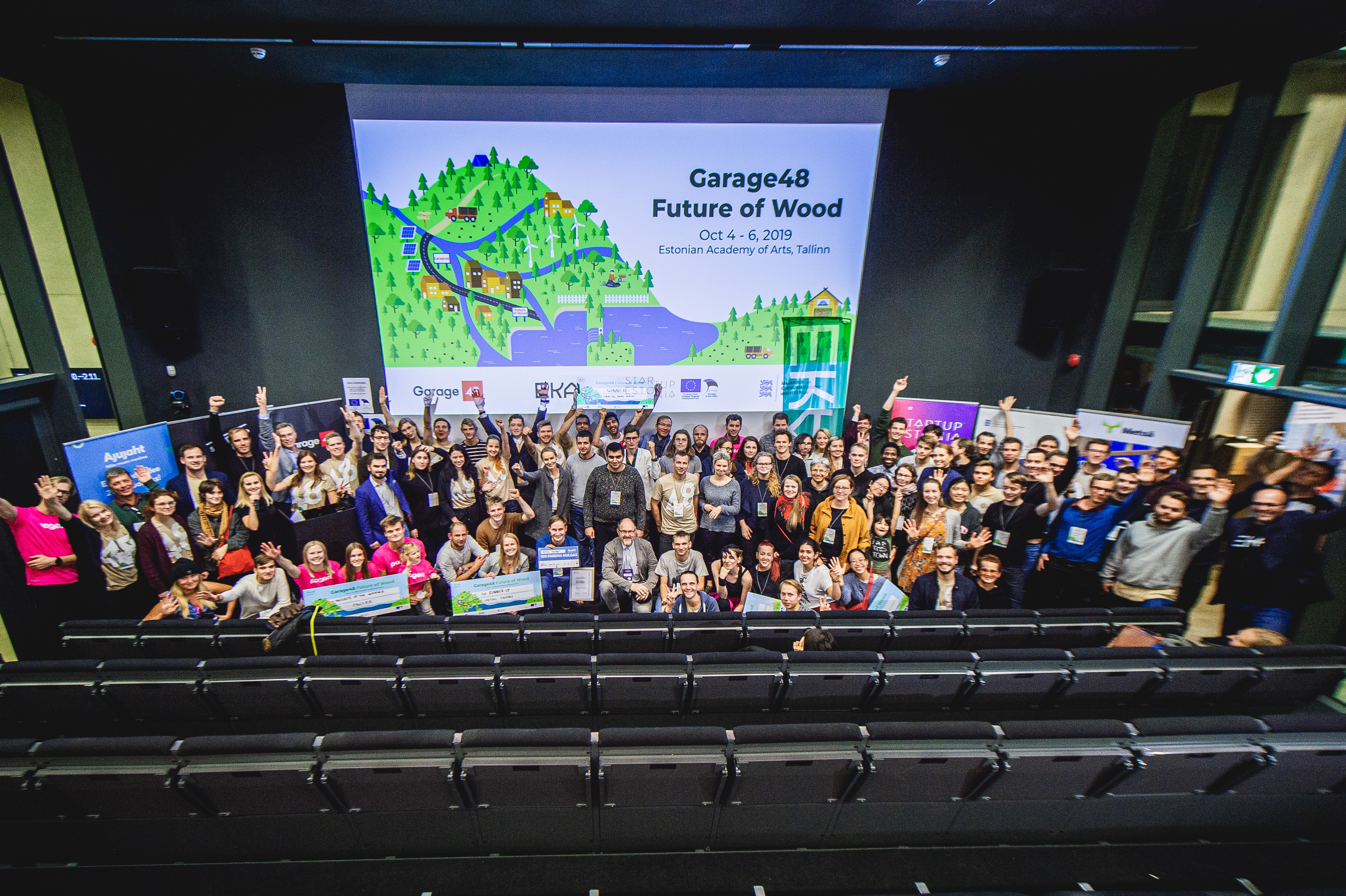
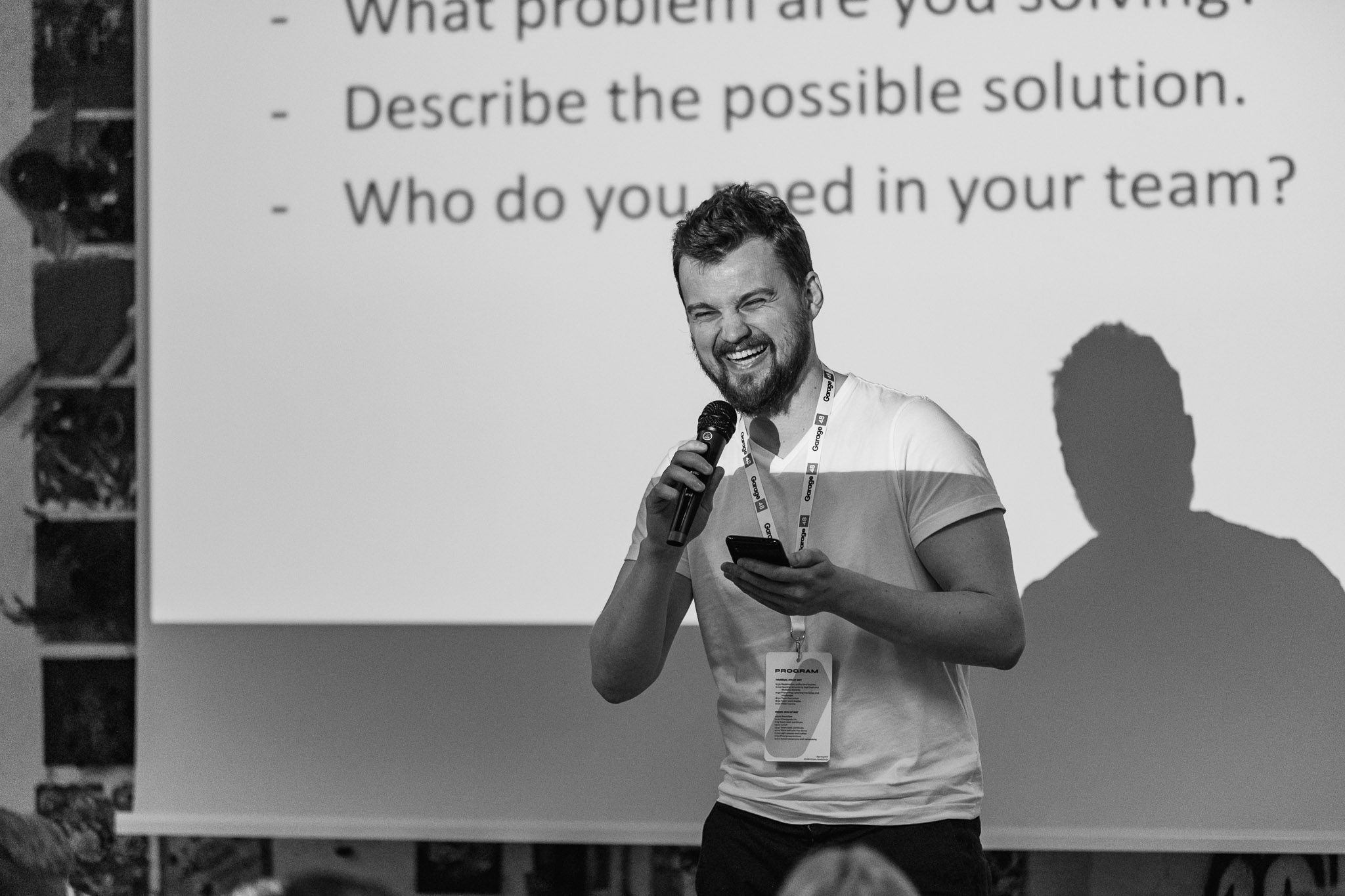
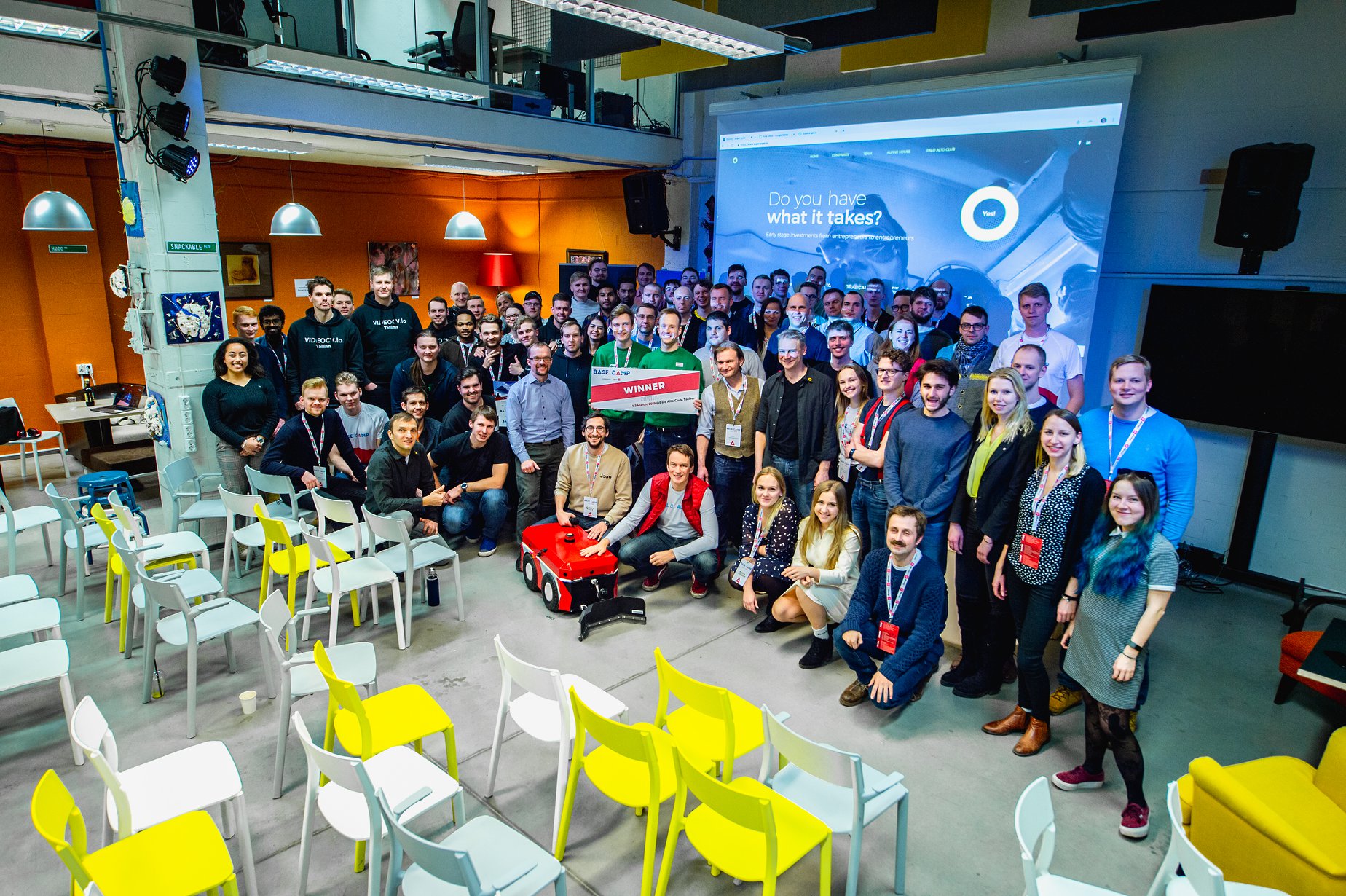

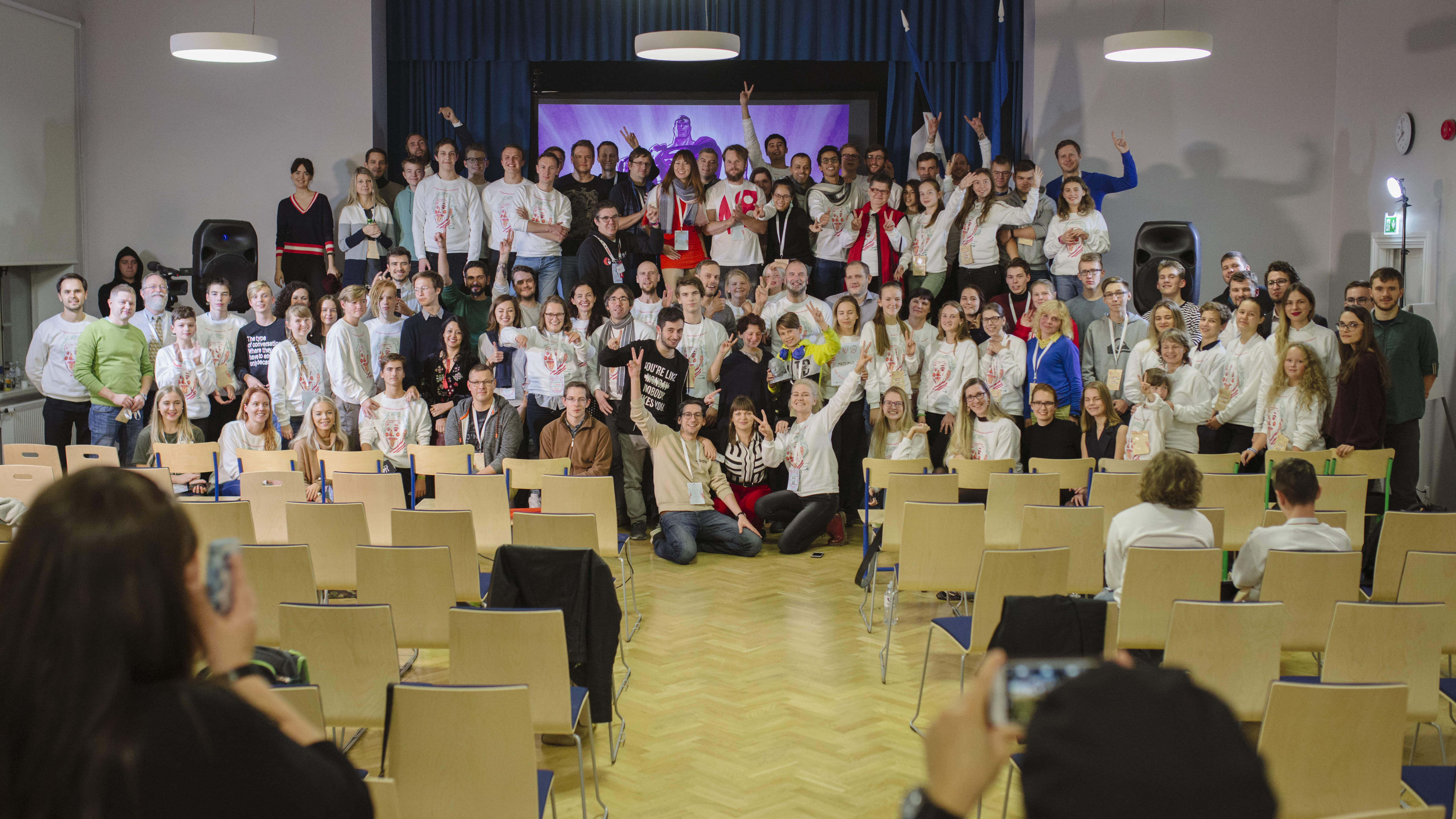
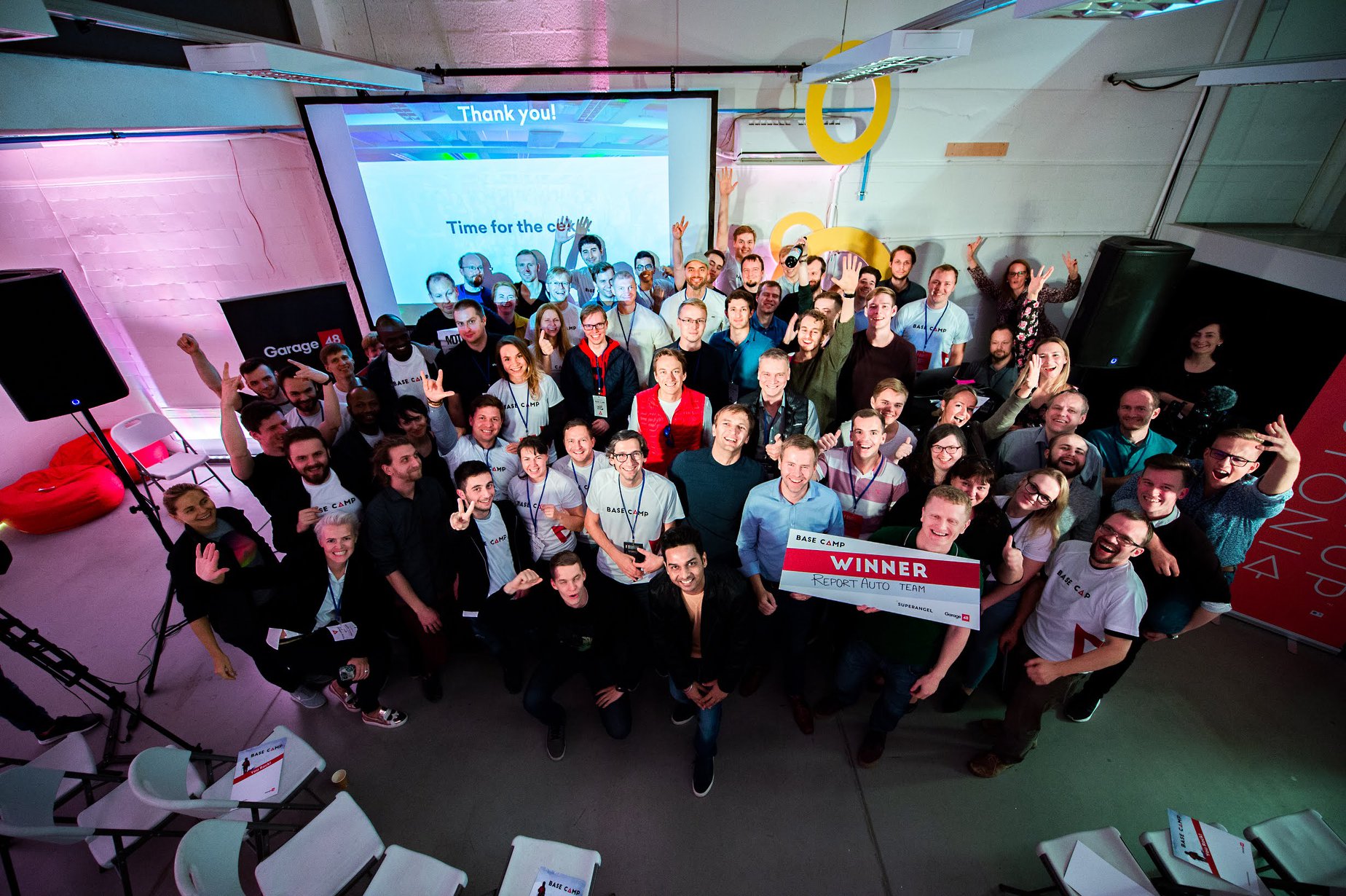


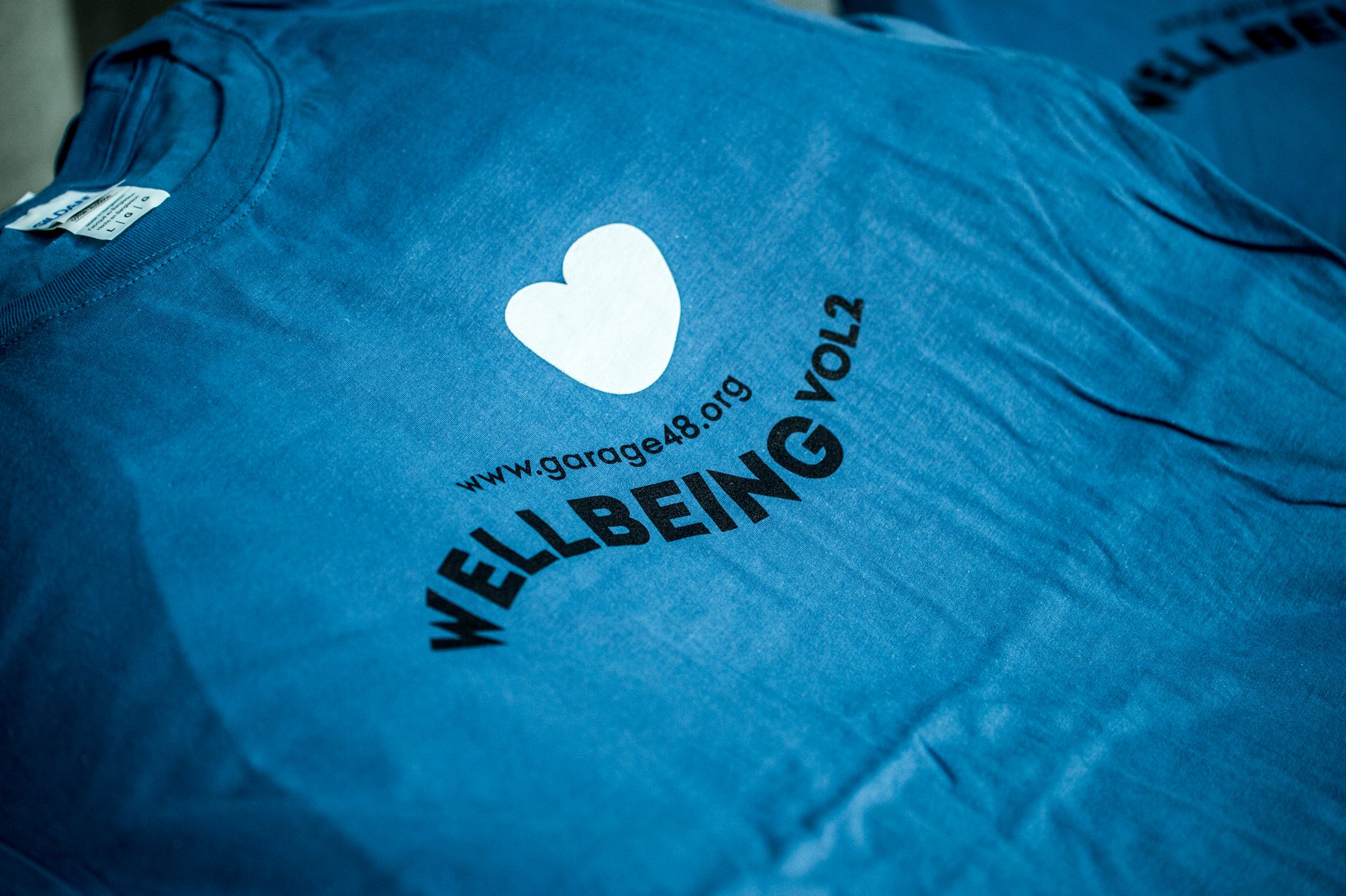
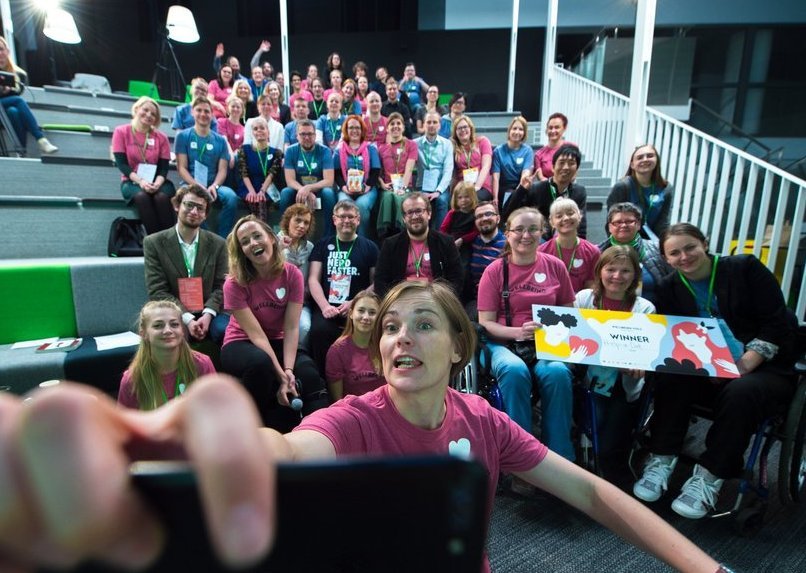
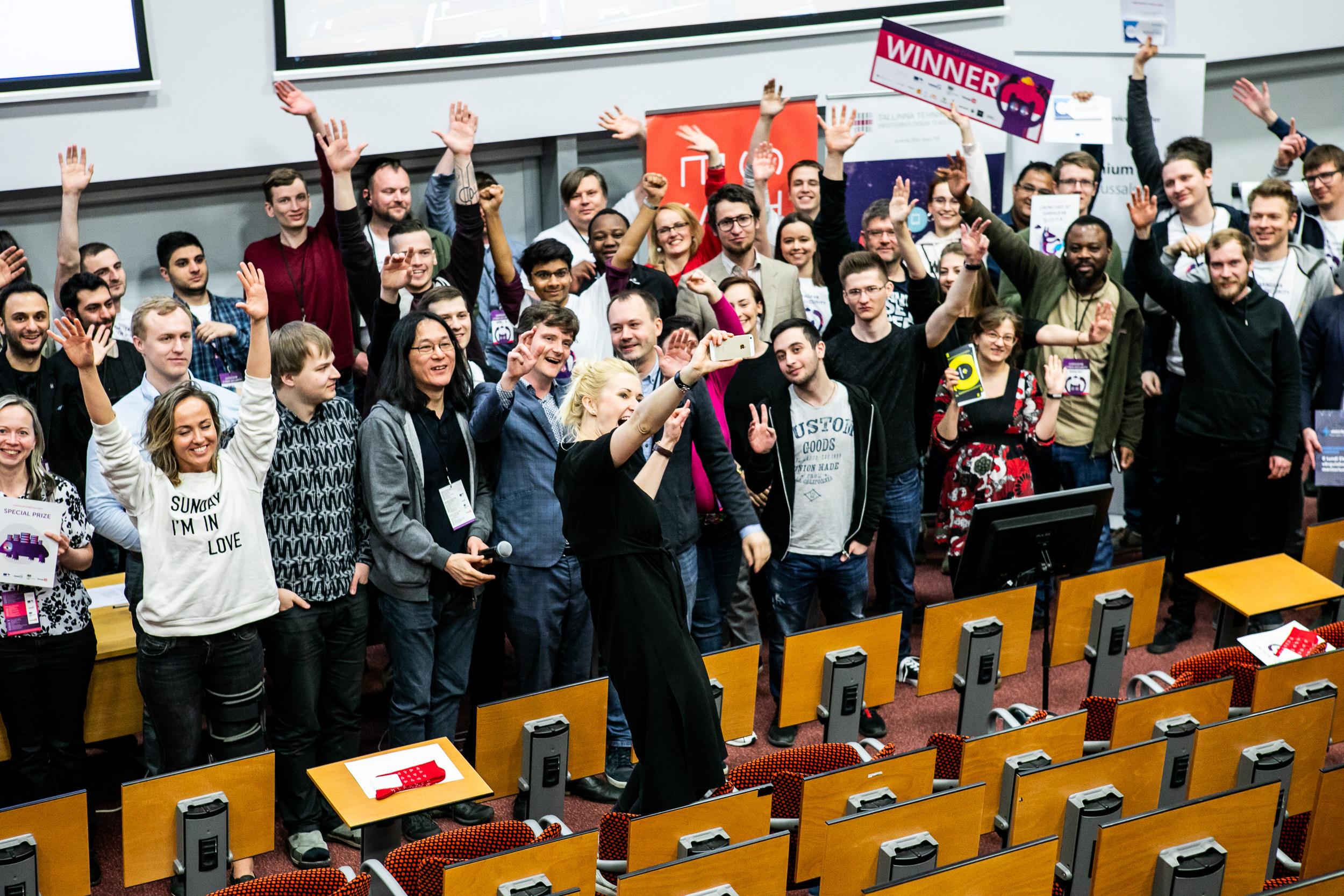


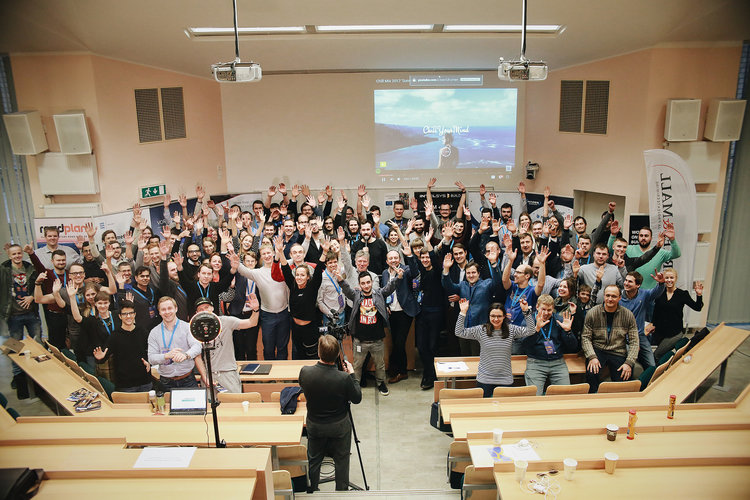
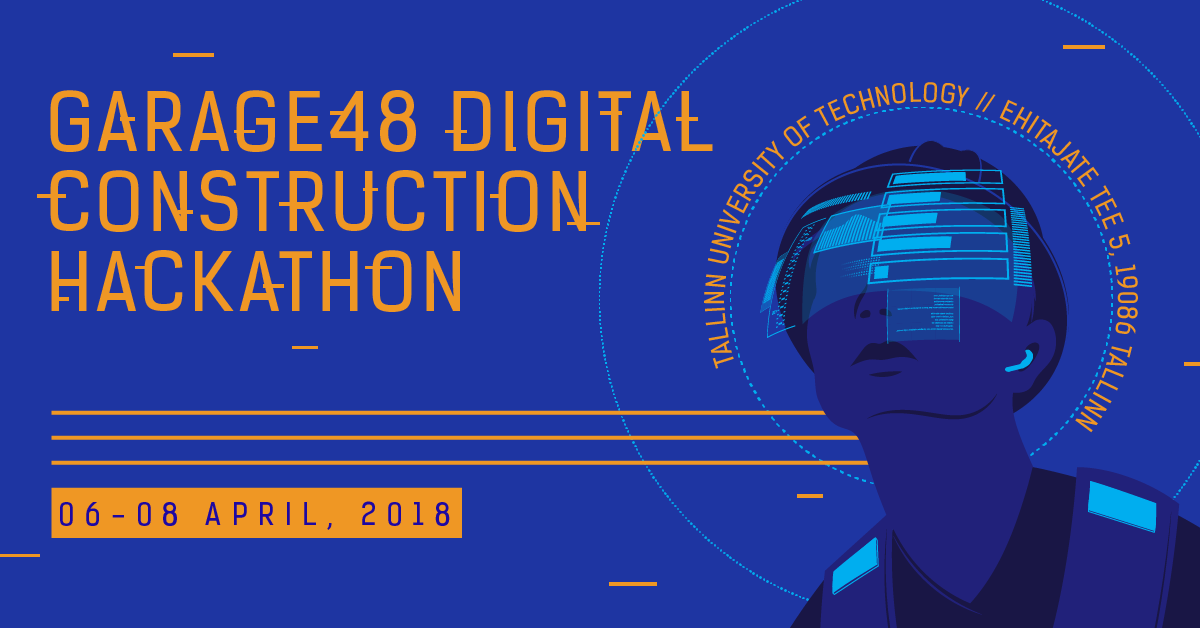






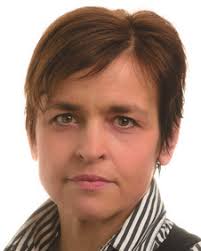

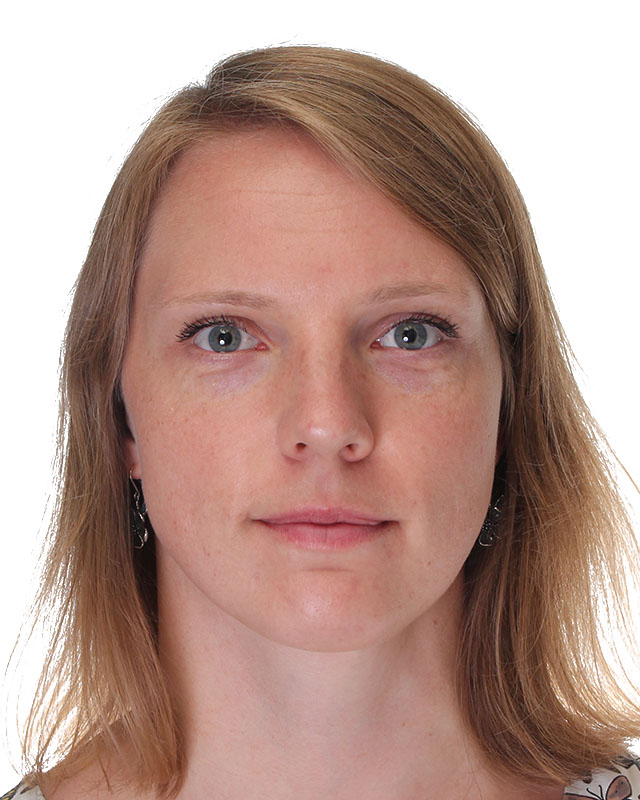





_block.png)